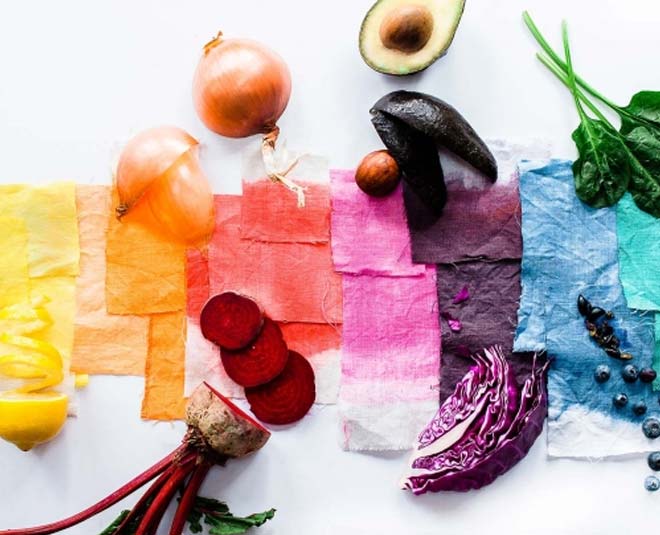Top Natural Indigo Plant Dye Options for Stunning Textiles and Crafts
The Best Indigo Plant Dye A Journey Through History and Craft
Indigo dye, derived from the leaves of the indigofera plant, has been a cornerstone of textile art for centuries, celebrated not just for its vibrant blue hue but also for its deep cultural significance. The process of creating indigo dye is an ancient art, entwined with stories from various cultures across the globe. This article explores the history, production methods, and the enduring appeal of indigo plant dye.
Historical Significance
Indigo dyeing dates back to ancient civilizations, with evidence of its use in Egypt over 5,000 years ago. The blue pigment became a status symbol, adorning the garments of the elite, including royalty. In other parts of the world, such as India, Japan, and Africa, indigo has been central to local culture and craftsmanship, linked to traditional practices and ceremonies.
In India, the cultivation of indigo plants flourished during the Mughal Empire, where it was extensively traded and used to dye textiles. The famous blue dye became synonymous with Indian craftsmanship, contributing to the vibrant textile industry still alive today. Similarly, in Japan, the Tokushima region has a long history of producing indigo-dyed fabrics, known as aizome, which are integral to traditional clothing like the kimono.
The Process of Dyeing
The method of extracting dye from indigo plants is fascinating and complex. The leaves of the indigofera plant are harvested, then fermented to convert the indican molecules within the leaves into indigo dye. This process can vary slightly depending on regional practices but generally involves soaking the leaves in water and allowing them to decompose, releasing the indigo pigment.
The dyeing process itself is equally intricate. Fabric is typically dipped into a vat of indigo dye, which appears green initially. As it dries and is exposed to air, the dye oxidizes, transforming into the rich blue that indigo is known for. This gradual process allows for a range of hues—from soft pastels to deep, vibrant blues—depending on how long the fabric is left in the dye bath.
One of the most appealing aspects of indigo dyeing is its ability to create unique patterns. Techniques such as tie-dyeing, folding, and stitching can be employed to produce intricate designs that tell a story or reflect cultural motifs. Each piece dyed with indigo often carries the mark of the artisan, making it a unique work of art.
best indigo plant dye

Modern Applications and Sustainability
In recent years, there has been a resurgence of interest in natural dyes, including indigo, particularly among eco-conscious consumers. Unlike synthetic dyes, which can be harmful to both the environment and human health, indigo plant dye is biodegradable and less toxic. As more textile artists and designers embrace sustainability, indigo has found renewed relevance in contemporary fashion, home decor, and handmade crafts.
Additionally, the revival of traditional dyeing techniques has empowered artisanal communities worldwide. Ethical fashion brands frequently collaborate with local artisans to create eco-friendly products dyed with natural indigo, providing economic opportunities while preserving cultural heritage.
Challenges and Preservation
Despite its rich history and sustainable potential, indigo dye faces challenges in the modern world. The industrialization of the textile industry has led to a decline in traditional dyeing practices. Furthermore, competition from synthetic dyes threatens the livelihoods of artisans who rely on natural methods.
Organizations and initiatives are emerging to promote the preservation of indigo dyeing traditions. Workshops, exhibitions, and courses focusing on traditional techniques aim to reconnect people with the art of natural dyeing. These efforts not only safeguard cultural practices but also educate consumers about the environmental impact of their choices, advocating for a shift towards more sustainable options.
Conclusion
Indigo plant dye is more than just a color; it represents a rich tapestry of history, culture, and craftsmanship. From its ancient origins to its modern applications, indigo continues to captivate artists and consumers alike. As we move towards a more sustainable future, embracing the beauty of natural dyes like indigo can foster appreciation for both the art of dyeing and the environment. By supporting traditional practices and artisans, we not only help preserve a significant piece of cultural heritage but also pave the way for a more sustainable and conscious approach to fashion and design.
-
The Timeless Art of Denim Indigo Dye
NewsJul.01,2025
-
The Rise of Sulfur Dyed Denim
NewsJul.01,2025
-
The Rich Revival of the Best Indigo Dye
NewsJul.01,2025
-
The Enduring Strength of Sulphur Black
NewsJul.01,2025
-
The Ancient Art of Chinese Indigo Dye
NewsJul.01,2025
-
Industry Power of Indigo
NewsJul.01,2025
-
Black Sulfur is Leading the Next Wave
NewsJul.01,2025

Sulphur Black
1.Name: sulphur black; Sulfur Black; Sulphur Black 1;
2.Structure formula:
3.Molecule formula: C6H4N2O5
4.CAS No.: 1326-82-5
5.HS code: 32041911
6.Product specification:Appearance:black phosphorus flakes; black liquid

Bromo Indigo; Vat Bromo-Indigo; C.I.Vat Blue 5
1.Name: Bromo indigo; Vat bromo-indigo; C.I.Vat blue 5;
2.Structure formula:
3.Molecule formula: C16H6Br4N2O2
4.CAS No.: 2475-31-2
5.HS code: 3204151000 6.Major usage and instruction: Be mainly used to dye cotton fabrics.

Indigo Blue Vat Blue
1.Name: indigo blue,vat blue 1,
2.Structure formula:
3.Molecule formula: C16H10N2O2
4.. CAS No.: 482-89-3
5.Molecule weight: 262.62
6.HS code: 3204151000
7.Major usage and instruction: Be mainly used to dye cotton fabrics.

